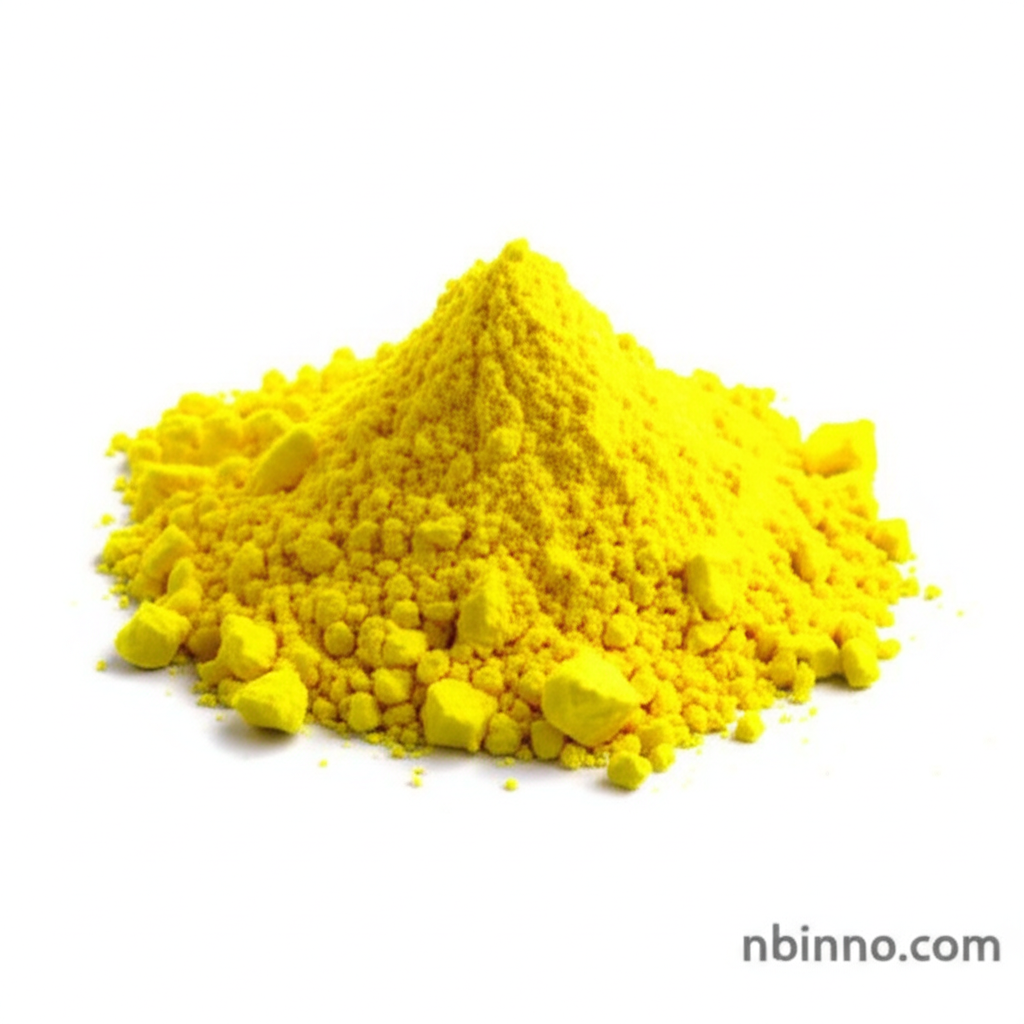Ethyl Thiooxamate: A Versatile Intermediate for Organic Synthesis and Medicinal Chemistry
Unlock new synthetic pathways and drug discoveries with this crucial chemical building block.
Get a Quote & SampleProduct Core Value

Ethyl Thiooxamate
Ethyl Thiooxamate (CAS: 16982-21-1) stands as a pivotal compound in the realm of chemical synthesis, particularly valued for its role in the construction of complex heterocyclic structures. Its unique bifunctional nature, incorporating both thioamide and ester functionalities, opens doors to a wide array of chemical transformations essential for developing new molecules.
- Explore advanced organic synthesis routes using ethyl thiooxamate as a key building block for novel heterocycles.
- Investigate the medicinal chemistry applications of ethyl thiooxamate derivatives in the development of potential therapeutic agents.
- Understand the intricate chemical reactivity of ethyl thiooxamate, including its thioamide and ester group interactions.
- Learn about the fascinating quantum tunneling phenomena observed in reactions involving this compound and its derivatives.
Key Advantages
Synthetic Versatility
Leverage the reactivity of ethyl thiooxamate for the efficient synthesis of a broad spectrum of nitrogen- and sulfur-containing heterocycles, including thiazoles and 1,2,4-triazines, as detailed in various organic synthesis pathways.
Medicinal Chemistry Potential
Its derivatives are explored for bioactivity, offering exciting possibilities in medicinal chemistry for developing compounds with potential therapeutic benefits, aligning with the pursuit of novel drug candidates.
Mechanistic Insights
Gain deeper knowledge into chemical processes through investigations of ethyl thiooxamate's reactivity, including the discovery of quantum tunneling effects, providing valuable insights for advanced chemical research.
Key Applications
Heterocyclic Compound Synthesis
Utilize ethyl thiooxamate as a primary precursor for synthesizing diverse heterocyclic frameworks, crucial in pharmaceuticals and agrochemicals.
Drug Discovery and Development
Its role as a synthetic intermediate supports the exploration of new molecular entities with potential therapeutic activities in medicinal chemistry.
Materials Science Research
Emerging applications, such as its use in perovskite light-emitting diodes (PeLEDs), highlight its potential beyond traditional organic synthesis.
Academic Research
A valuable reagent for academic laboratories studying reaction mechanisms, developing new synthetic methodologies, and exploring fundamental chemical principles.
